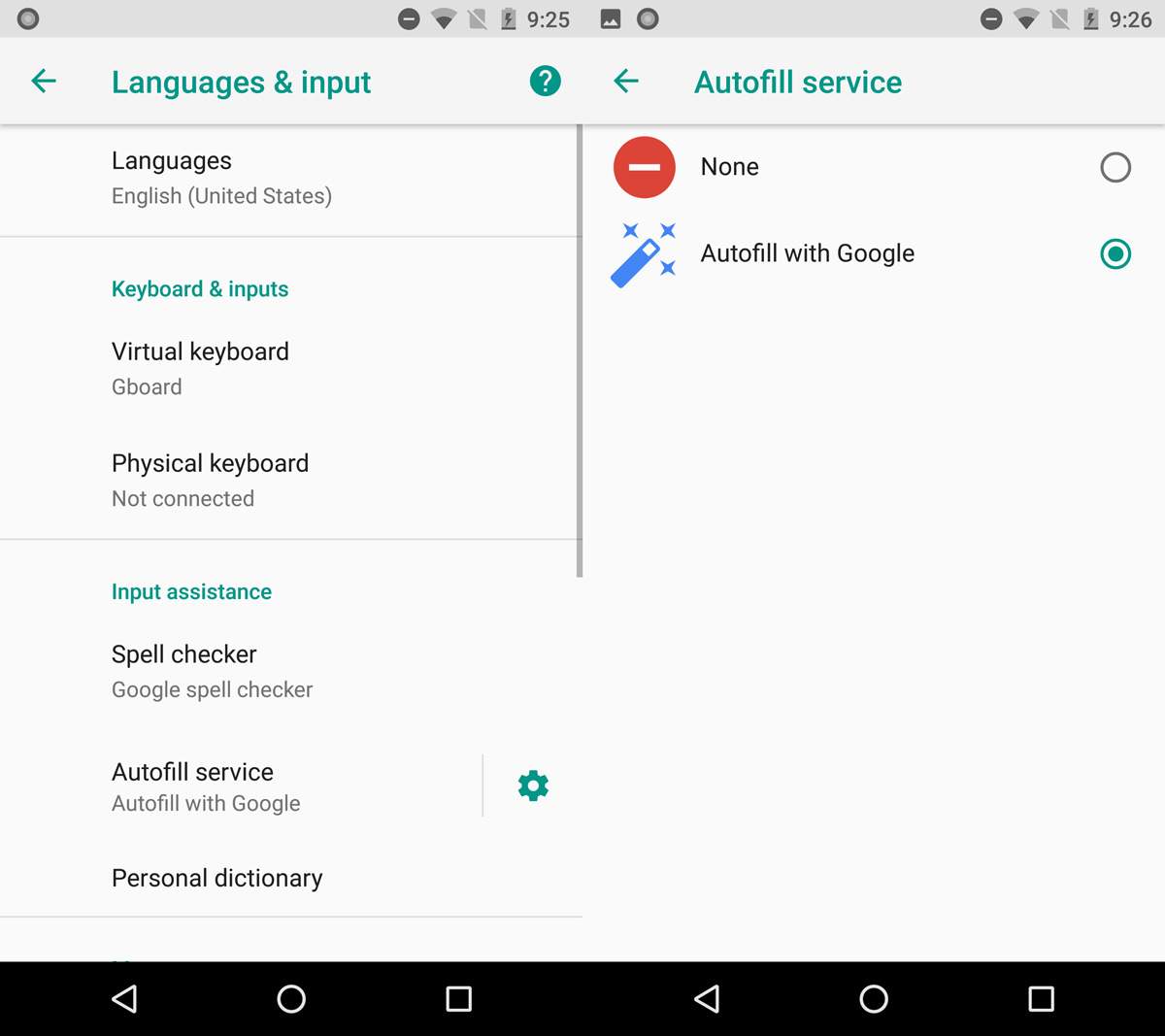


- SIMPLE ANDROID APP TUTORIAL FOR ANDROID
- SIMPLE ANDROID APP TUTORIAL CODE
- SIMPLE ANDROID APP TUTORIAL TRIAL
We'll use the EasyPermissions library to do this.
SIMPLE ANDROID APP TUTORIAL CODE
Step 4: Requesting permissionsīecause our app uses audio and video from the user's device, we’ll need to add some code to request audio and video permissions. We will discuss this in Next steps at the end of this tutorial.įor more information on sessions, tokens, and servers, check out Values from your Account during testing and development, but before you go into production you must Important: You can continue to get the session ID and token Use the project’s API key along with the session ID and token you generated. From there, you can generate a session ID and To do this, log into your TokBox Account, either createĪ new OpenTok API project or use an existing OpenTok API project, then go to your project page and scroll down to Public static final String SESSION_ID = "" Īdjust the code by hard coding the values for the API_KEY, SESSION_ID and TOKEN. We'll also add some constants for our log message identifier and permissions: To speed things up we will just hard code the values for now:Ĭreate the OpenTokConfig class (File | New | Java Class), add some static variables to store the API key, session ID, and token. These credentials should be generated by a server, but In order to connect to an OpenTok session, the client will need access to some authenticationĬredentials - an API key, session ID, and token. Implementation ':opentok-android-sdk:2.19.0'ĪndroidTestImplementation 'androidx.test:runner:1.2.0'ĪndroidTestImplementation ':espresso-core:3.2.0' Implementation 'androidx.annotation:annotation:1.1.0' Implementation 'nstraintlayout:constraintlayout:1.1.3' Implementation 'androidx.appcompat:appcompat:1.0.2' Implementation fileTree( dir: 'libs', include: ) ProguardFiles getDefaultProguardFile( 'proguard-android-optimize.txt'), 'proguard-rules.pro' TargetCompatibility JavaVersion.VERSION_1_8Īt this point the adle file for your module should look like this: apply plugin: ''ĪpplicationId "" SourceCompatibility JavaVersion.VERSION_1_8 The app uses Maven to load the OpenTok Android SDK:Įdit the adle for your project (at your project's root) and add the following code snippet to the Leave the Activity Name set to MainActivity, and leave the Layout Name set to Set the minimum SDK for the app to be API 16 (Android 4.1, Jelly Bean).Ĭlick through the wizard, ensuring that Empty Activity is selected. Open Android Studio and select New Project from the File menu.
SIMPLE ANDROID APP TUTORIAL TRIAL
SIMPLE ANDROID APP TUTORIAL FOR ANDROID
In this tutorial, you will be utilizing the OpenTok Android SDK, OpenTok's client-side library for Android devices, to quickly and easily build a real-time interactive video application. For more information on clients, servers, and sessions, see Video API Basics.


In an end-user’s device (phone, computer) and handles the majority of OpenTok functionality, including All applications that use the Vonage Video API require both a client andĪ server component.


 0 kommentar(er)
0 kommentar(er)
